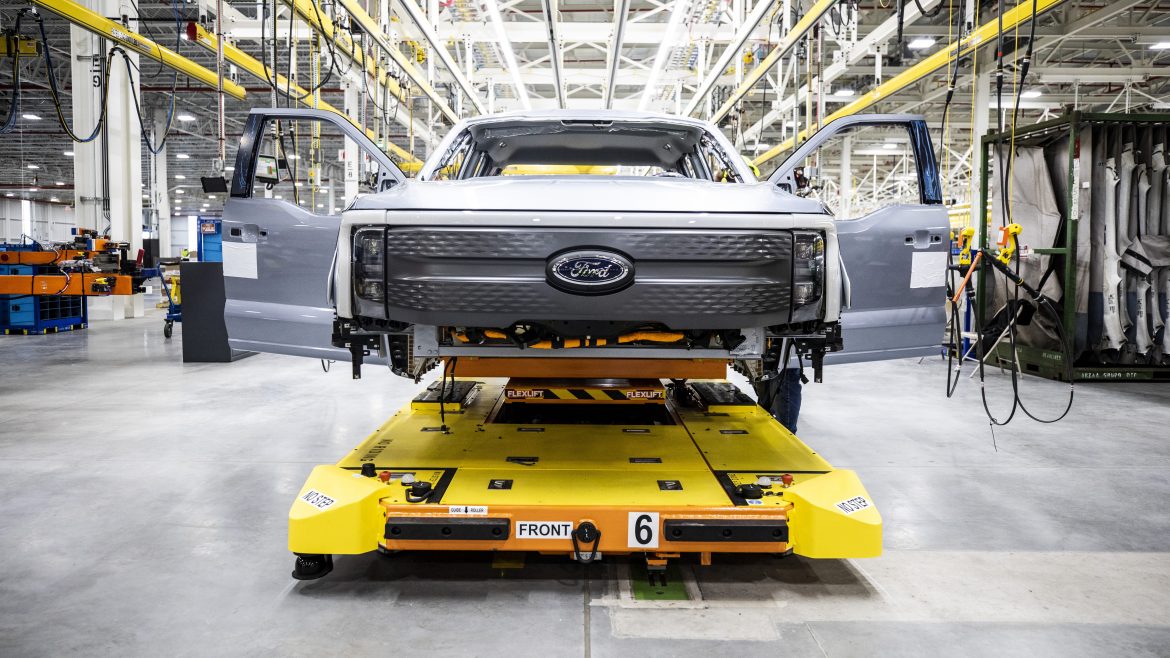Ford Motor’s shares experienced a notable increase after the company announced plans to return more cash to shareholders, starting with an additional 18 cents-per-share dividend in the first quarter. This move follows a trend set by General Motors, aiming to provide investors with a larger share of the profits generated by North American combustion trucks.
Positive financial outlook
Ford forecasted a pretax profit of USD 10 billion to USD 12 billion for 2024, building on its previous year’s earnings of USD 10.4 billion before taxes. Despite significant losses from its Model E electric vehicle operations, profits from Ford’s Pro commercial vehicle business and Ford Blue combustion vehicle units helped offset these setbacks.
Shifting EV strategy
Ford executives disclosed a shift in their electric vehicle (EV) strategy, responding to slower adoption rates and intense price competition initiated by Tesla. The company acknowledged the challenges in achieving profitability in the EV segment and plans to focus more on larger EVs such as trucks and vans, alongside investing in gas-electric hybrids with higher profit margins.
Overhauling EV strategy
Ford’s CEO, Jim Farley, highlighted the need for Ford to invest in developing a low-cost small EV architecture to enhance its competitive position in the EV market. Additionally, the company aims to leverage its Ford Pro commercial business, projecting increased profits of USD 8 billion to USD 9 billion this year, primarily driven by sales of redesigned Super Duty pickup trucks and new electric Transit vans in Europe.
Emphasis on hybrid vehicles
Recognizing the profitability potential of hybrid vehicles, Ford plans to allocate more resources towards their development. Hybrid sales are expected to grow significantly, with projections indicating a potential 40% increase next year. This strategic shift reflects a pragmatic approach towards meeting consumer demand while maintaining healthy profit margins.
Responding to consumer trends
Consumers have shown a preference for hybrid vehicles and family SUVs over EVs due to factors such as convenience and perceived ease of maintenance. In response, Ford and GM are adjusting their strategies to focus on higher-margin hybrid and gas-powered models, aligning with evolving consumer preferences.
Ford’s decision to increase cash returns to shareholders and recalibrate its EV strategy underscores the company’s commitment to driving sustainable growth and profitability. By prioritizing higher-margin products and leveraging its commercial business, Ford aims to navigate the evolving automotive landscape while delivering value to its shareholders. As the industry continues to undergo transformation, Ford’s strategic decisions position it for long-term success in the competitive global market.



